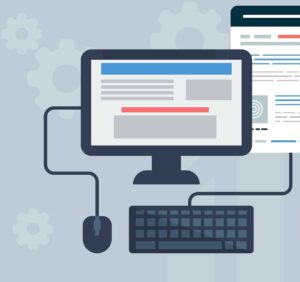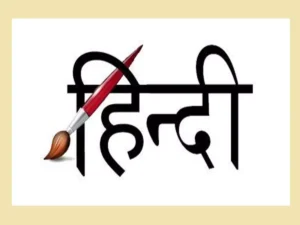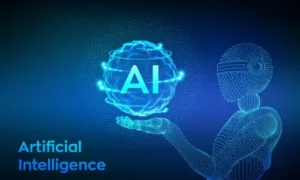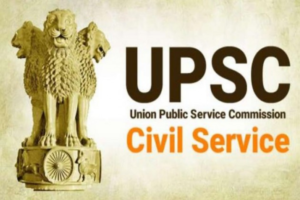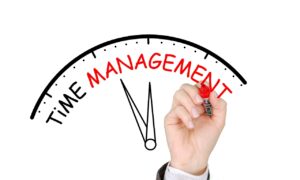The Mechanical Engineering syllabus for the UPSC (Union Public Service Commission) examination is quite extensive and covers various aspects of mechanical engineering. Here’s a breakdown of the Mechanical Engineering syllabus:
Paper-I:
- Engineering Mathematics:
- Linear Algebra: Matrix algebra, Systems of linear equations, Eigenvalues and Eigenvectors.
- Calculus: Functions of single variable, Limit, continuity, and differentiability, Mean value theorem, Taylor’s series, Maxima and minima, Multiple integrals, Gradient, Divergence and Curl, Vector identities, Directional derivatives, Line, Surface and Volume integrals, Stokes, Gauss, and Green’s theorems.
- Differential Equations: First order linear and nonlinear differential equations, Higher order linear differential equations with constant coefficients, Cauchy’s and Euler’s equations, Laplace transforms, PDEs: Laplace, Wave, and Heat equations.
- Engineering Mechanics:
- Free-body diagrams and equilibrium, trusses and frames, virtual work and minimum potential energy, kinematics and dynamics of particles and rigid bodies in plane motion, impulse and momentum (linear and angular), energy methods, principles of virtual work.
- Mechanics of Materials:
- Stress and strain, elastic constants, Mohr’s circle for plane stress and plane strain, thin cylinders, shear force and bending moment diagrams, bending and shear stresses, deflection of beams, torsion of circular shafts, Euler’s theory of columns.
Paper-II:
- Theory of Machines:
- Kinematic and dynamic analysis of planar mechanisms, Cams, Gears and gear trains, Flywheels and governors, Balancing of reciprocating and rotating masses, Gyroscopes.
- Machine Design:
- Design for static and dynamic loading, failure theories, fatigue strength and the S-N diagram, principles of the design of machine elements such as bolted, riveted and welded joints, shafts, gears, rolling and sliding contact bearings, brakes and clutches, springs.
- Fluid Mechanics and Thermal Sciences:
- Fluid Mechanics: Fluid properties; fluid statics, manometry, buoyancy, forces on submerged bodies, stability of floating bodies; control-volume analysis of mass, momentum and energy; fluid acceleration; differential equations of continuity and momentum; Bernoulli’s equation; viscous flow of incompressible fluids, boundary layer, elementary turbulent flow, flow through pipes, head losses in pipes, bends, and fittings.
- Thermodynamics: Zeroth, First and Second laws of thermodynamics; thermodynamic system and processes; Carnot cycle, irreversibility, availability, and irreversibility analysis; properties of pure substances; phase diagrams of one-component and two-component systems; thermodynamic relations.
- Applications: Power Engineering: Steam Tables, Rankine, Otto, Diesel and Dual Cycles; Refrigeration and air-conditioning: Vapour refrigeration cycle, heat pumps, gas refrigeration, Reverse Brayton cycle; I.C. Engines and Gas turbines: Otto, Diesel, Dual, and Brayton cycles.
- Manufacturing and Industrial Engineering:
- Engineering Materials: Structure and properties of engineering materials, heat treatment, stress-strain diagrams for engineering materials.
- Metal Casting: Patterns, moulds and cores; solidification, design considerations, and applications of various casting processes.
- Forming and Joining Processes: Plastic deformation and yield criteria, fundamentals of hot and cold working processes, principles of welding, brazing, soldering and adhesive bonding.
- Machining and Machine Tool Operations: Mechanics of machining, single and multi-point cutting tools, tool geometry and materials, tool life and wear, economics of machining, principles of non-traditional machining processes, principles of work holding, principles of design of jigs and fixtures.
This breakdown provides a detailed overview of the Mechanical Engineering syllabus for the UPSC examination. Candidates opting for Mechanical Engineering as their optional subject should thoroughly study each topic to perform well in both Paper-I and Paper-II.
